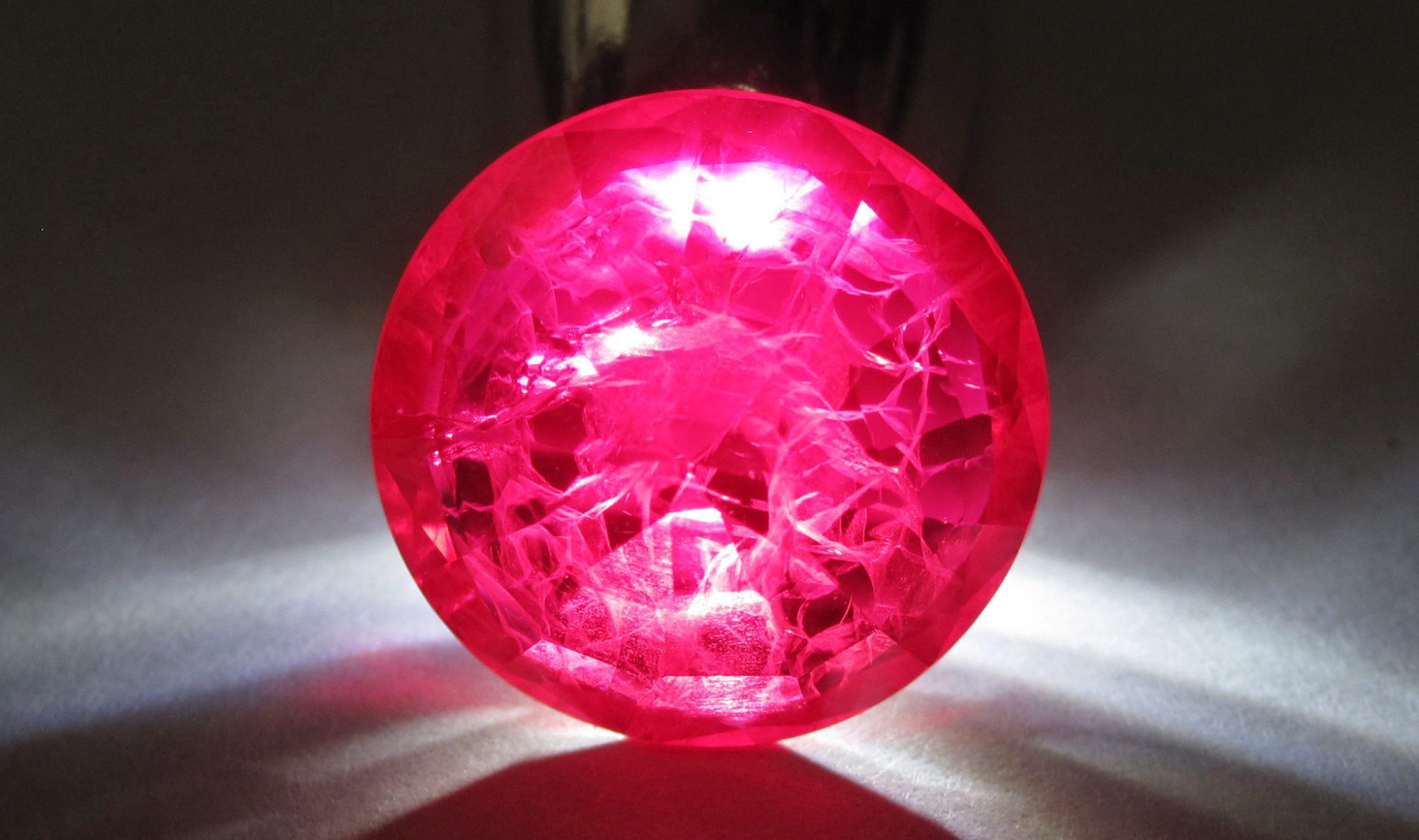Spectroscope Instructions for Novice Gemologists
The spectroscope is one of gemology’s principal tools. Our basic spectroscope instructions will teach you how to operate and calibrate this instrument.
2 Minute Read
What is a Spectroscope?
The spectroscope is an important tool for identifying gemstones. Since gemstone species have characteristic structural and chemical properties, gems selectively absorb specific wavelengths of visible light. Gemologists use spectroscopes to view the absorption spectra of unknown gemstones and compare those patterns to those of known gemstone species.
Anyone interested in advanced spectroscope instructions and gem identification techniques should consider enrolling in the IGS Professional Gemologist Certification Course. The curriculum includes an in-depth article on this instrument.
Examine Your Spectroscope
Take your new spectroscope, point it towards a window or bright light, and look through the eyepiece. You should see a rectangular-shaped rainbow spectrum, like the one pictured to the right. (Make sure you're looking through the correct end).
All spectroscope models have ways of adjusting the focus and the amount of light entering the instrument. If you have an advanced spectroscope, you should also see a scale. If it's not immediately visible, try moving your head slightly to either side. Advanced models also have ways to adjust the focus and position of a scale for identifying light wavelengths. Find the scale adjustment and turn it. You will see the scale move from side to side.
Find a Gemstone's Absorption Lines
Place your spectroscope and a gem of known identity in the spectroscope's stand. Use a gemstone with a strong, distinctive absorption spectrum, like a ruby, apatite, zircon, or peridot. If your model doesn't have a stand, you can try some alternative techniques.
Next, adjust the amount of light entering the spectroscope. Slowly turn the light opening. Watch the spectrum through the eyepiece as you do this. As you adjust the light opening, the absorption lines — dark lines on the spectrum — will come into view. Try different settings until the absorption lines are most clearly visible.
If you can't find the absorption lines, make sure the light is passing through the gem and into the end of your spectroscope. Turn off all other room lights, so they're not affecting your reading.
If you're still having trouble finding the absorption lines, you may not be looking straight down the tube. Set the light opening to the middle position and move your head slightly from side to side until you see the lines.
Focus Your Spectroscope
Once you find the absorption lines, focus the spectroscope. Depending on your model, you can do this by sliding a tube in and out or by turning a ring. You'll notice that the absorption lines don't become clear all at once. When one end of the spectrum is in focus, the other end will be slightly fuzzy. You may need to readjust the focus to see all the significant absorption lines.
Calibrate Your Spectroscope's Scale
If you have an advanced spectroscope with a scale, focus your instrument until the scale is clear and easy to read.
Ruby displays strong double absorption lines at 475 and 476.5 and at 692.8 and 694.2 nanometers (nm). Choose a strong line, such as 475 nm. Adjust the scale position until the 475 marker lines up with the strong absorption line you are viewing. The scale markers at 476.5, 692.8, and 694.2 nm should then line up with the other strong absorption lines. Adjust the scale until the markers are on the known strong lines of the ruby absorption spectrum.
You've now properly calibrated your scale. However, you may need to make subtle adjustments to the scale when you view other stones. You can always use a gemstone with distinctive absorption lines to recalibrate your scale if it's moved inadvertently.
Spectroscope Recommendations
As an Amazon Associate, we earn from qualifying purchases referred from our site.
International Gem Society
Related Articles
A Brief History of Diamonds
Learn to Use the Spectroscope (Video)
What is a Gem Reflectometer?
Keshi Pearls and Soufflé Pearls
Latest Articles
800 Years of Mogok: A Celebration in Tenuous Times
What is the Average Gemstone Faceting Yield?
Pyroxmangite Value, Price, and Jewelry Information
How to Identify Emerald Simulants and Synthetics
Never Stop Learning
When you join the IGS community, you get trusted diamond & gemstone information when you need it.
Get Gemology Insights
Get started with the International Gem Society’s free guide to gemstone identification. Join our weekly newsletter & get a free copy of the Gem ID Checklist!
